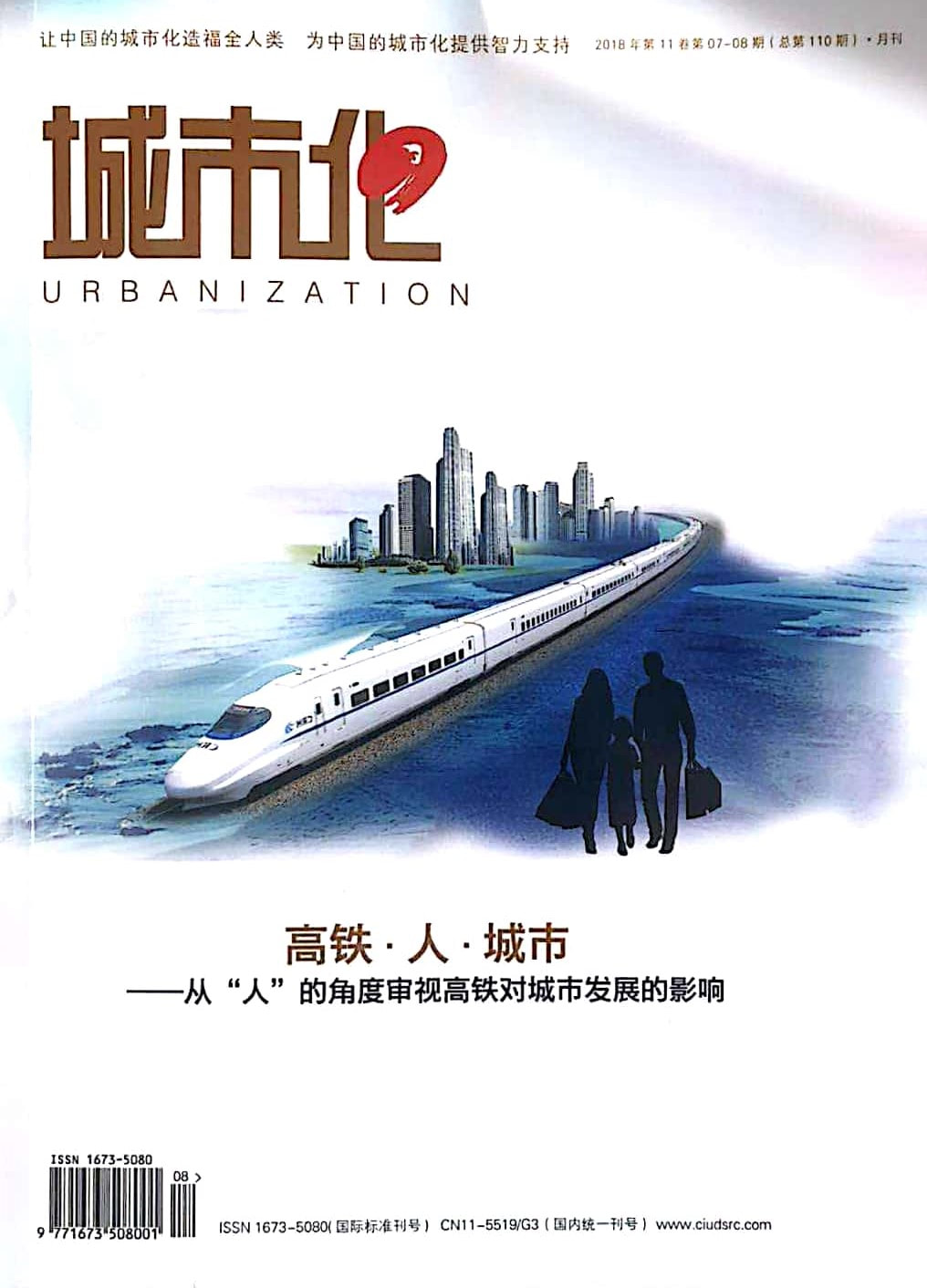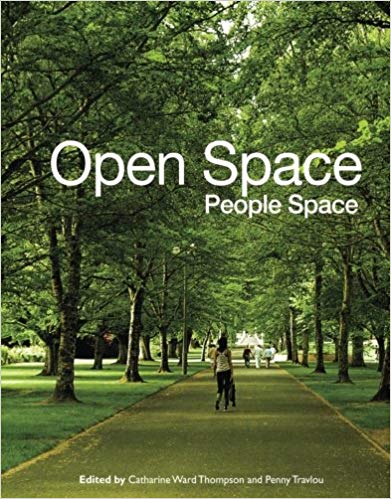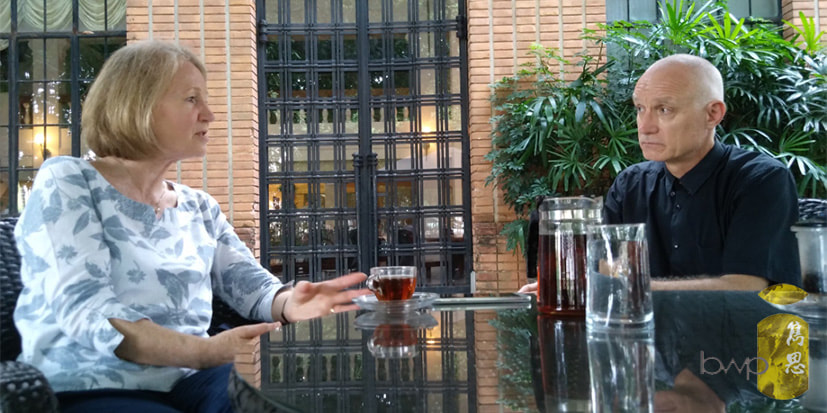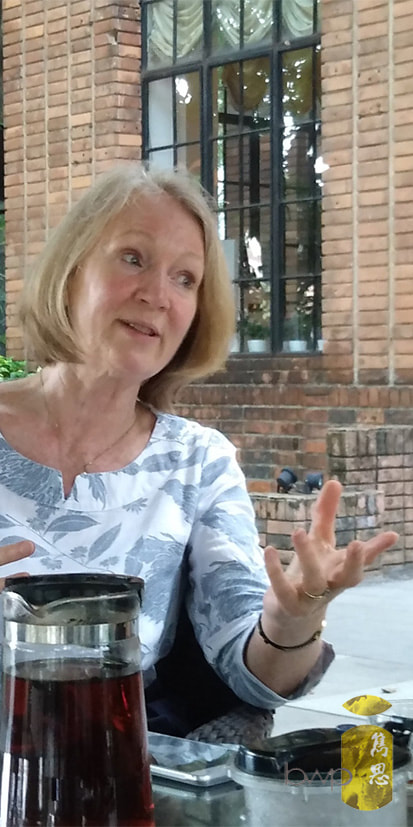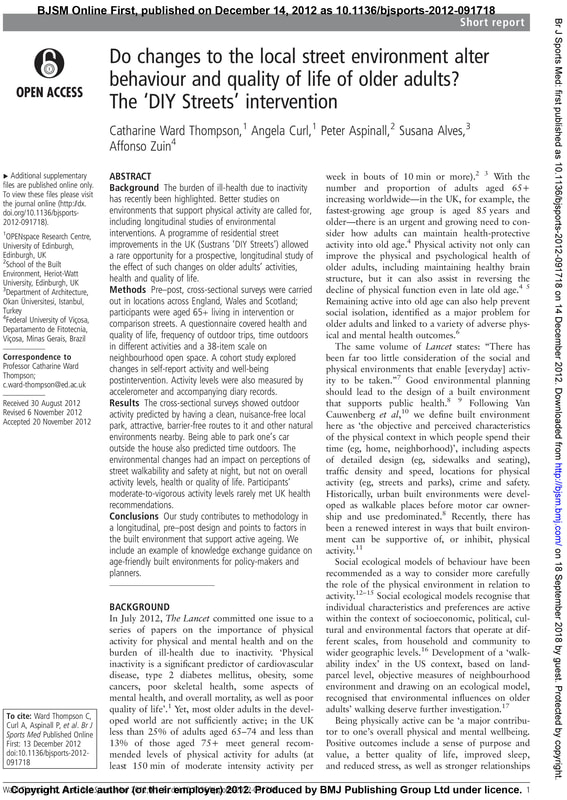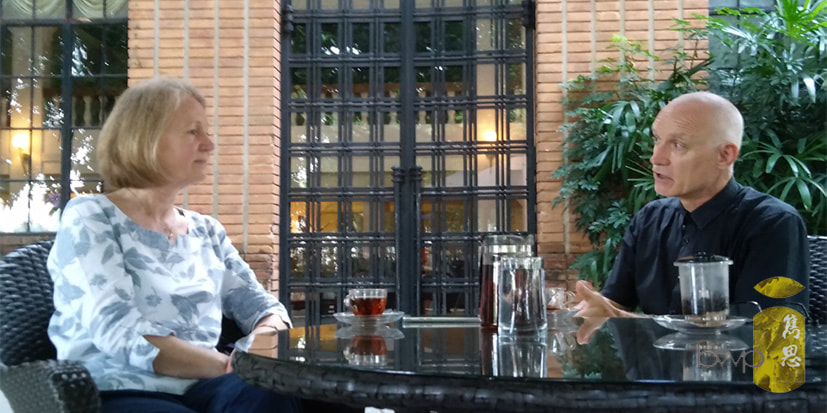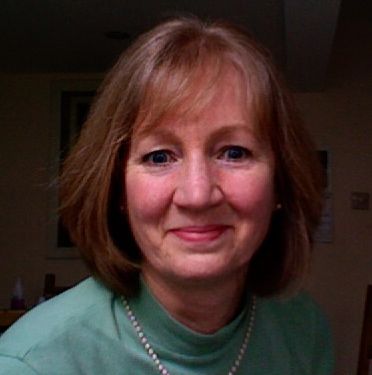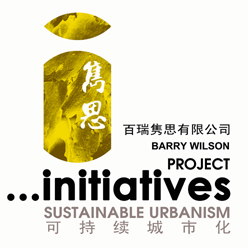|
An Ecology of Urban Spaces
26/09/2018
Difficulties watching video? Please watch it on Youtube or Tencent video barryshares
It was 1989 when I last met Catharine Ward Thompson, the renowned Landscape Architect, health researcher and educator. In those days I was a snivelling student desperately trying to complete a rushed and flimsy final dissertation on the restoration of historic parks at Edinburgh College of Art. Catharine was my tutor, and park restoration was her then specialist subject. But Catharine was also “Head of Department”, and as such a fearsome presence to us students. Despite such youth, Catharine had been rapidly catapulted to the top of her profession, going on to develop an expertise in identifying evidence linking access to landscape with improved mental and physical heath, particularly with kids, teenagers and the elderly. As founder and Director of internationally recognised research centre OPENspace, she has gone on to lead numerous major research grants and collaborations, including highly-innovative research on ‘GreenHealth’ for the Scottish Government and the award-winning consortium, Inclusive Design for Getting Outdoors (I’DGO). We meet in Guangzhou where Catharine is giving a series of lectures and workshops at the South China University of Technology. Upon meeting after all these years, I wondered how it could have been that her soft speech and naturally gentle demeaner could have so petrified the students in her department all those years ago. “I was just terrified myself”, she confessed upon meeting again, “being so young and then suddenly out of my depth as Head of Department”. My nervousness of old quickly washed away in our interview however as we spent a warm afternoon discussing the vital importance and value to people of all ages and capabilities of having access to quality landscape spaces, wherever they are living.
HEALTH AND THE ENVIRONMENT
FUNDING LANDSCAPE IS EXTREMELY COST EFFECTIVE
One QALY equates to one year in perfect health. If an individual's health is below this maximum, QALYs are accrued at a rate of less than 1 per year. QALYs can be used to inform personal decisions, to evaluate programs, and to set priorities for future programs. In the UK a QALY is considered good value if it costs less than 20-30 thousand pounds (200,000 RMB) per person. Public space makes significant improvement to QALYs at low cost since as an intervention it can be applied to a very wide group rather than person specific. As an upstream intervention to public health it can have huge benefits.
RESHAPING OUR CITIES
2018/08/07
Managing Trees in the Urban Environment 2017/10/31 Housing is not a Speculative Commodity 2017/08/29 Take an Alternative Hong Kong Architecture Tour #3 2017/06/27 Towards A New Urban Solution |
The former Head of Department, Catharine Ward Thompson is Professor of Landscape Architecture at the Edinburgh School of Architecture and Landscape Architecture (ESALA), and Founding Director of the OPENspace research centre.
Her research focuses on inclusive access to outdoor environments, environment-behaviour interactions, landscape design for older people, children and teenagers, and salutogenic environments. As a Landscape Architect, she supports good access to high quality open space that offers opportunities for a rich experience for all. |
Services |



